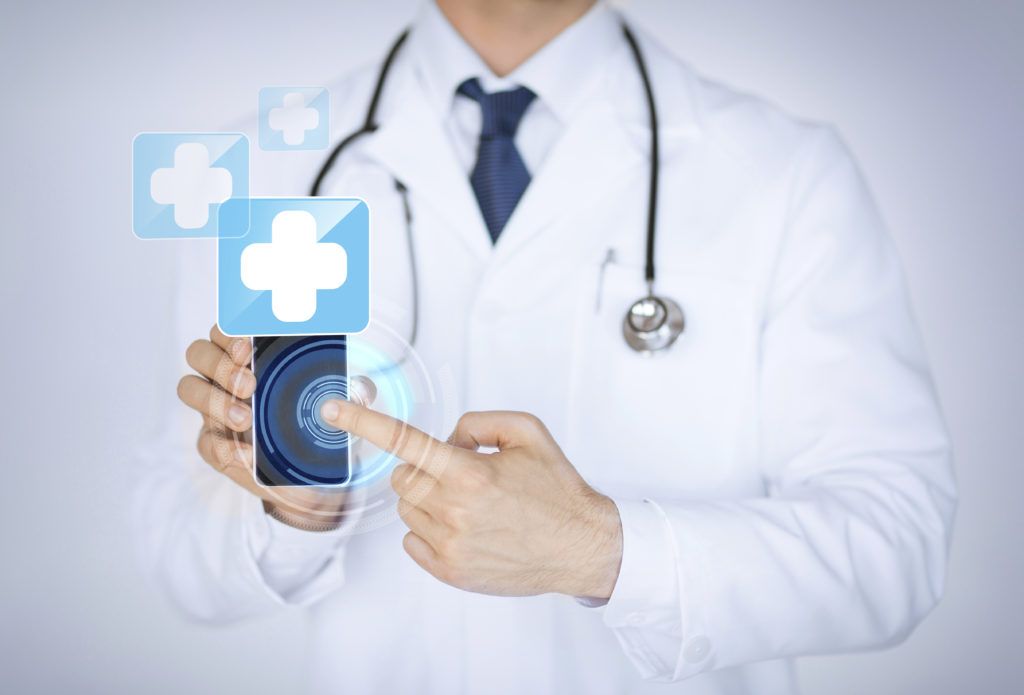Mobile health technology is proving to be a win-win solution for patient wellness and profitability for health care organizations. The development and adoption of mobile medical apps has helped to bridge the gap between patient and provider, and there are no signs of the market slowing down. In fact, it is estimated that by the end of 2017, demand for medical apps could outpace supply by as much as one-to-five.
Based on this demand, developers in the mobile health space and medical marketing services will have plenty of opportunity to provide tools for both consumers and medical companies that add value, improve patient engagement and deliver sustainable benefits. For health care organizations, the ability to truly capitalize on the health IT market starts with a comprehensive patient portal.
Online patient portals are an integral part of any online wellness infrastructure, and when integrated with electronic health records, can provide patients personalized access to their medical information 24/7, while also being a very efficient channel for communication. Access to view diagnostic results, schedule and make physician appointments, receive appointment reminders, request referrals and prescription refills and self monitor and communicate certain health aspects such as blood pressure encourages patients to take a more active role in their health. In short, portals engage patients in their own health condition and care.
Patients who are engaged and have ongoing access to their own personal health goals are also much more likely to be compliant. Patient compliance, especially around disease preventative screenings, is positively impacted with higher engagement levels and easy access to doctors and other health staff – key benefits of patient portals. Fast and easy access to providers also helps patients form better relationships, another key way to improve compliance.
One of the major benefits of online tools is the patient’s ability to choose their method of communication – via email, text message or app notifications, while having up to the minute access to a range of information such as health recommendations and tips.
[related_content] This type of digital approach, personalized for users, is fast becoming the way of the future for new mobile apps too. Apple was recently reported to have eight new apps currently underway as part of a health care project to assist patients with specific conditions, disorders or other afflictions. Their development process includes thorough front-end research – finding out exactly what targeted users want in these apps – which leads to better patient engagement and support. Apple has also collaborated and worked with a range of medical researchers, universities and other resources to fully understand patient needs and requirements.
As more and more consumers become active in the medical app space and via patient portals, health care organizations can expect to see a boost to their bottom lines. Better operational efficiency, patient engagement and quality of care helps drive financial benefit. Many reliable studies point to significant financial gains from reduced no-shows, satisfied and happier patients and less paper and administration costs.
As health care IT continues to develop new technologies and improve on current ones, both patients and providers can look forward to reaping the benefits of improved wellness and better bottom lines.

Posted on July 06, 2020 by Jared Mauskopf
6 Questions To Ask When Partnering With A Medical App Development Company
Many healthcare organizations are seeking a means to develop their own healthcare or patient engagement solution, to positively impact patients’ health, and streamline clinical processes. Patients perform many of their…Read more

